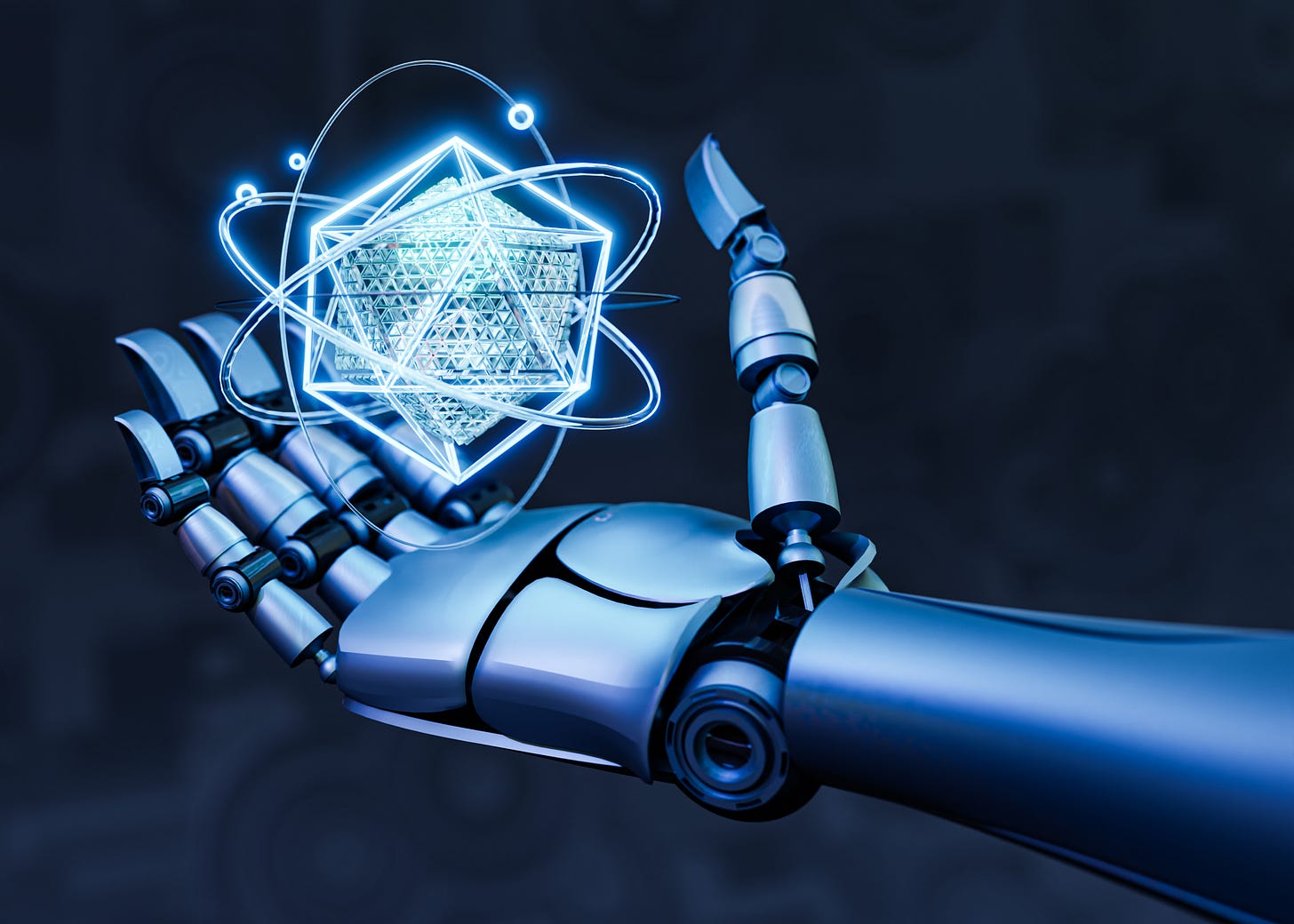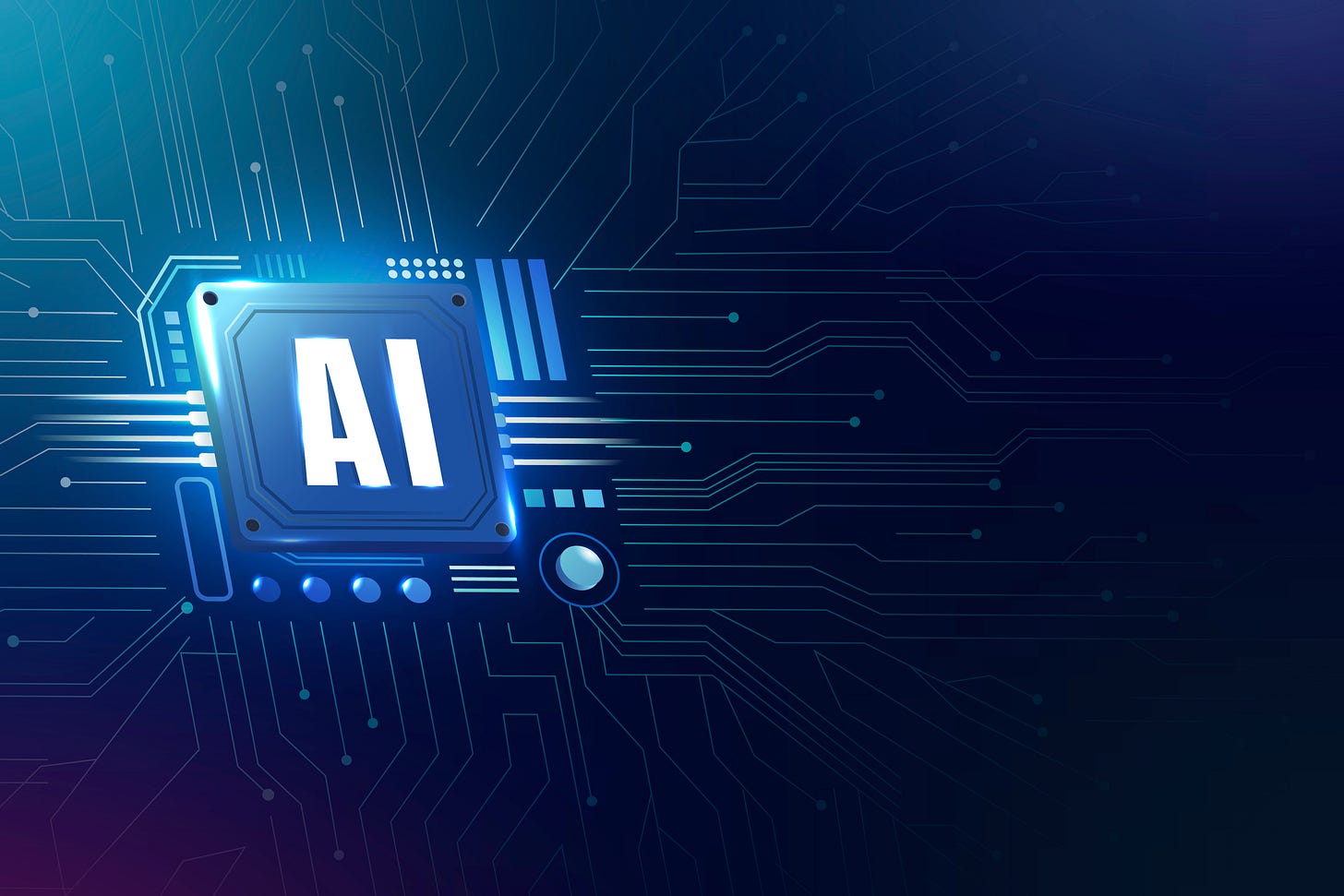The Paradox of AI Progress: Why Rising Model Costs and Falling Inference Prices Are Fueling a Developer Surge
Guest article by Sumit Sagar
Artificial Intelligence is evolving faster than any previous technological wave. But as the tide rises, it brings a surprising paradox: while the cost to train state-of-the-art AI models is skyrocketing, the cost to use them is plummeting.
This shift is catalyzing a new era where performance is converging across leading models and developer adoption is soaring—despite high upfront investments.
Let’s break down what’s happening and why it matters.
1. Training AI Models Is Expensive—And Getting Pricier
Training the latest AI models requires immense compute power. Between 2015 and 2025, the computational cost (measured in FLOPs) to train key large language models has grown at an astonishing 360% CAGR (Compound Annual Growth Rate).
Training GPT-class models now consumes billions of dollars in compute resources.
In 2024 alone, OpenAI’s compute costs outpaced its revenue by nearly $5 billion, according to estimates.
Supercomputers built for AI have scaled rapidly, with performance growing at 150% annually, driven by denser chip clusters and better hardware.
This AI "arms race" is largely dominated by a handful of major players with deep pockets: OpenAI, Google, Meta, xAI, Anthropic, and their Chinese counterparts.
2. Inference Costs per Token Are Dropping Fast
While training models is becoming more expensive, the cost of using them—known as inference—is falling sharply.
Inference costs per token have declined steeply, mirroring the historical cost curves of electricity and memory.
Just as memory and energy became exponentially cheaper over decades, AI inference is now following a similar deflationary trajectory.
This makes it dramatically more affordable to build and deploy applications on top of powerful models—without having to train them from scratch.
3. The Net Result: Performance Is Converging
As more models reach massive scale and inference becomes commoditized, we’re seeing a phenomenon the report describes as:
“Performance converging + developer usage rising.”
What this means:
Leading models are achieving comparable performance on key benchmarks like MMLU and human-level reasoning.
Open-source models like LLaMA 3, Qwen 2.5, and Grok 3 are catching up with proprietary ones in real-world use cases.
With marginal gains from larger models shrinking, fine-tuning and use-case-specific customization are becoming more valuable than raw scale.
In short: it’s no longer just about who has the biggest model—it’s about who can deliver performance efficiently and creatively.
4. Developer Adoption Is Booming
Thanks to falling inference costs and growing performance parity, the developer ecosystem is exploding:
NVIDIA’s AI developer base has grown 6x to over 6 million in just seven years.
Google’s Gemini ecosystem grew from 1.4 million to 7 million developers in a single year—a 5x jump.
OpenAI’s ChatGPT app reached 800 million weekly active users by April 2025—just 17 months after launch.
This growth isn't limited to tech giants. It's spreading across startups, enterprises, and governments, embedding AI into every layer of digital infrastructure.
5. Why This Matters
This changing cost dynamic is reshaping the economics of AI:
Startups no longer need to train massive models; they can fine-tune open-source models or use cloud APIs.
Inference-as-a-Service is becoming the norm, allowing businesses to plug into world-class AI at a fraction of previous costs.
Wider access = more innovation—we’re witnessing a democratization of AI development reminiscent of the open-source software revolution.
Final Thoughts
The future of AI isn’t just defined by billion-dollar GPUs or elite research labs. It’s increasingly shaped by a global community of developers, empowered by falling costs and rising capabilities.
Yes, training models is more expensive than ever—but using them is cheaper, faster, and more widespread than anyone imagined a few years ago.
The paradox of AI’s economics isn’t a bug—it’s a feature. And it's unlocking the next great wave of global innovation.


